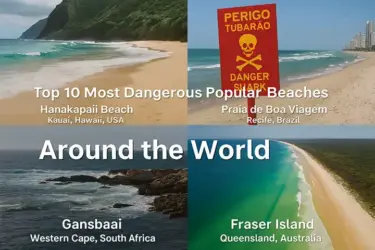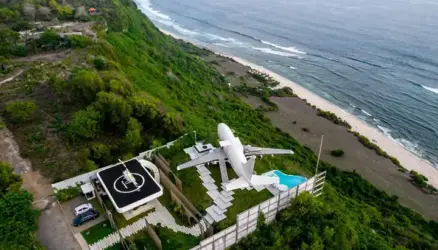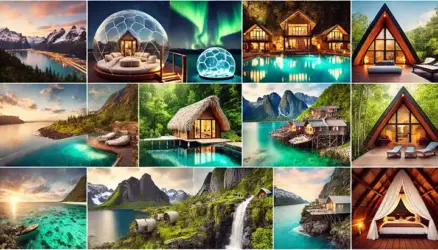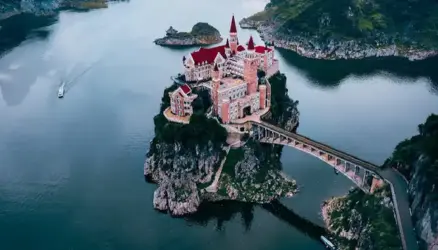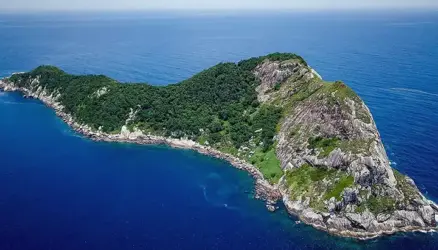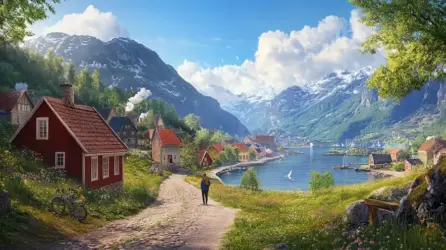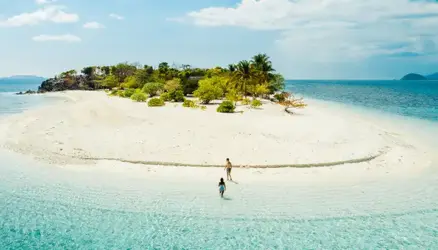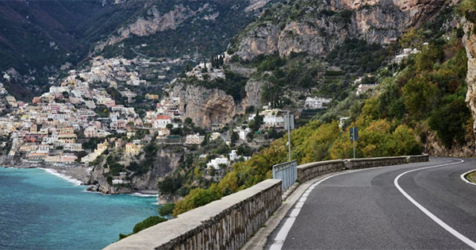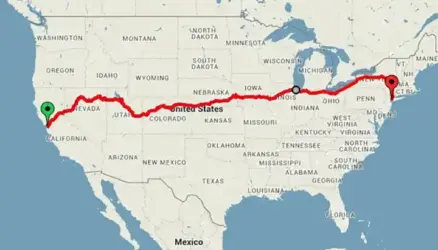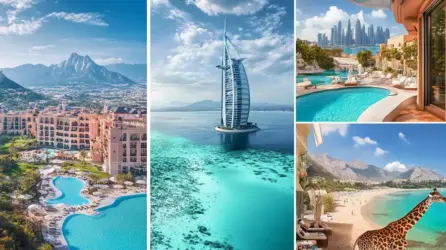You must visit these unusual locations in Latin American countries before you die
Salar de Uyuni, Bolivia
Salar de Uyuni is the world’s largest salt flat, covering 10,582 square kilometers (nearly 4,000 square miles). When a tiny layer of water covers the salt, it forms an astonishing reflecting effect that reflects the sky, the salt flat is also known as “The World’s Largest Mirror.” You’ll undoubtedly capture a lot of shots of the area’s bright lakes, rock formations, geysers, and, yes, the flamingos who just stroll around.

Cartagena, Colombia
Cartagena is the capital of Colombia’s Bolvar region, and it looks like it belongs in a storybook with its cobblestone streets and colonial buildings. The historic city, which is located on the Caribbean coast, boasts a diverse cuisine, cultural festivals, and abundance of gorgeous beaches and landscapes to explore.

Salar de Tara, Chile
Nestled in the remote reaches of the Atacama Desert in northern Chile, Salar de Tara stands as an otherworldly spectacle of nature. This surreal landscape is characterized by vast salt flats, towering volcanic formations, and shimmering turquoise lagoons. The stark contrast of the barren terrain against the vivid blue skies creates a breathtaking panorama that seems straight out of a science fiction film. Visitors to Salar de Tara can witness flocks of flamingos wading through the shallow waters, adding a touch of vibrant color to this ethereal scene. Exploring Salar de Tara offers an unforgettable journey into the heart of Chile’s rugged beauty, making it a must-visit destination for adventurers seeking the extraordinary in Latin America.

Santuario de las Lajas, Colombia
The Basilica Santuario de las Lajas (or Shrine of Our Lady of Las Lajas) is a neo-Gothic style church in the south of Colombia, built inside the Guáitara River gorge. Since the 18th century, its unusual location and outstanding architecture have made it a popular tourist and pilgrimage destination.
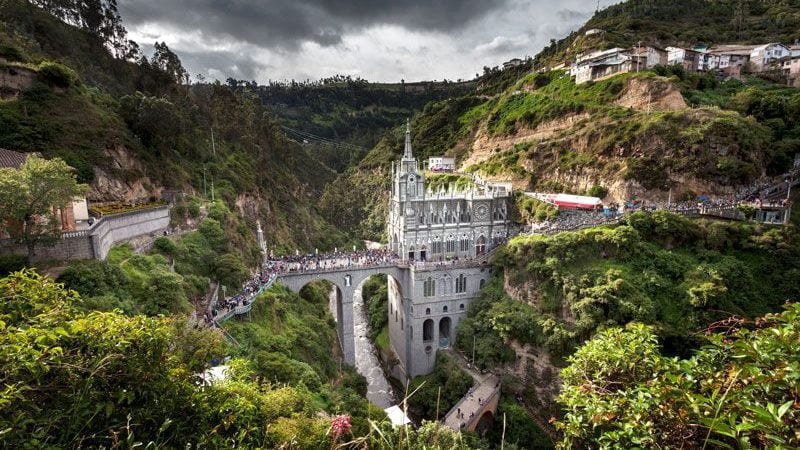
Semuc Champey, Guatemala
The Semuc Champey may be hidden away in Guatemala’s woods, but the stunning scenery is well worth the trip. The area’s most remarkable feature, aside from its watery caves and underground waterfalls, is its blue swimming pools, which sit on top a natural limestone bridge.

Parque Nacional Dos Lençóis Maranhenses, Brazil
This national park in Maranhão state is Brazil’s largest sand dune field, stretching over 1,500 kilometers (about 930 miles). You can walk about the area, ride in a 4×4, or go for a swim while admiring the magnificent lagoons that give the place an otherworldly sense.

Marble Caves, Chile
The Marble Caves, which are located on Chile’s largest glacial lake, are one of the most stunning sights you’ll ever see. You can obtain a tour of the caves and explore the captivating caverns and caves that were naturally formed over 6,000 years of erosion by boat. I don’t think it gets any more bizarre than this.

Castillo de Lamas, Peru
The small village of Lamas, near Tarapoto, is famed for the Castillo de Lamas, a medieval-style castle. The castle was built in 2005 by Italian expat and businessman Nicola Felice, and there are some surprises inside, including a pool, restaurant, and replicas of famous artwork.

San Blas Islands, Panama
The San Blas Islands, commonly known as Guna Yala, are a Panamanian Indigenous region administered by the Guna tribe. Go island hopping, snorkeling, or stay in one of the unusual lodging options, which include staying in a thatched hut, renting a tent, or staying aboard a sailboat, to unplug, learn about the Guna culture, and appreciate the natural beauty of the islands.

Cotopaxi National Park, Ecuador
This national park in central Ecuador is surrounded by the Andes Mountains and is home to the huge Cotopaxi, the country’s second highest peak and one of the world’s tallest active volcanoes at 5,897 meters (over 19,000 feet). If you’re a thrill seeker, the myriad sports offered, such as hiking, camping, mountain biking, and even horseback riding, will likely appeal to you.

Ischigualasto and Talampaya National Parks, Argentina
The Ischigualasto-Talampaya Natural Parks are two connected parks in Argentina’s northwestern region. They have the most comprehensive Triassic continental fossil record known, and their huge rock formations may make you feel like you’re on another planet.


